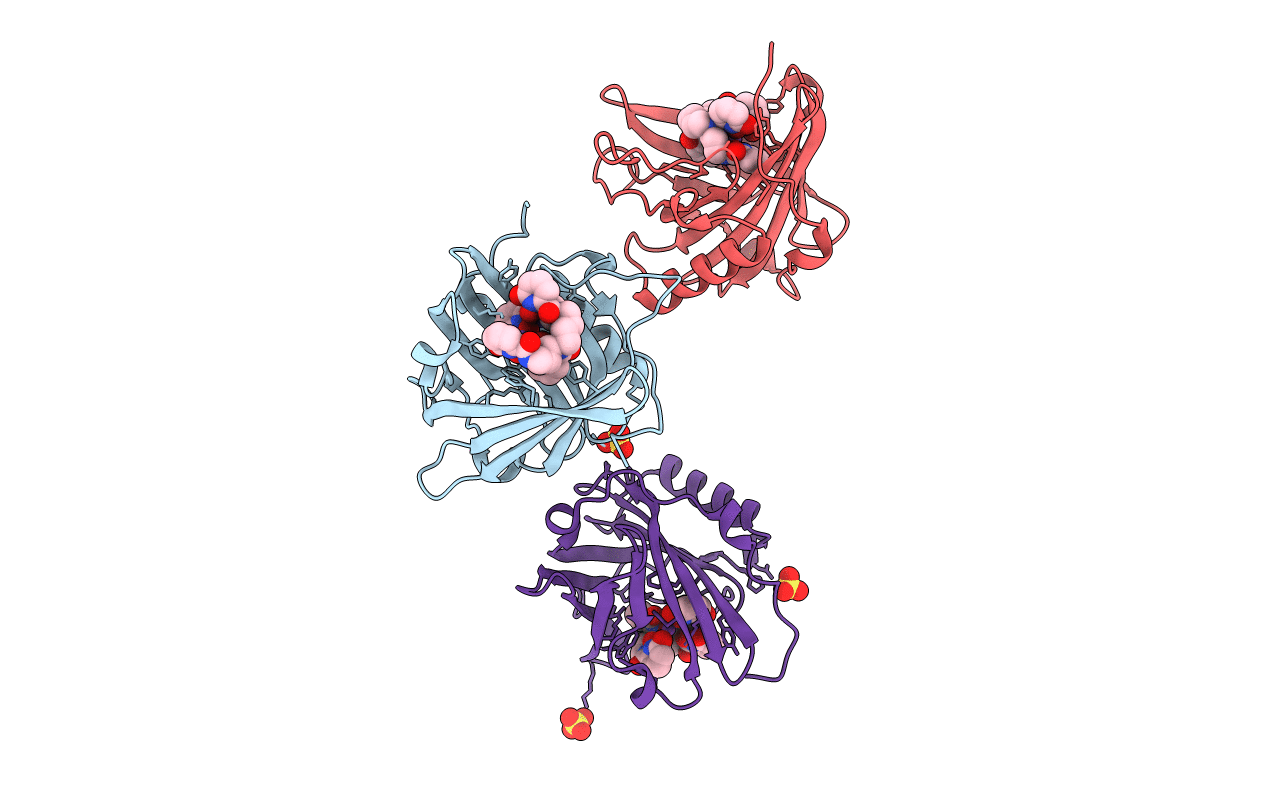
Deposition Date
2016-06-16
Release Date
2017-04-26
Last Version Date
2024-10-23
Entry Detail
PDB ID:
5KIC
Keywords:
Title:
Long-sought stabilization of berkelium(IV) in solution: An anomaly within the heavy actinide series
Biological Source:
Source Organism:
Homo sapiens (Taxon ID: 9606)
Host Organism:
Method Details:
Experimental Method:
Resolution:
2.70 Å
R-Value Free:
0.24
R-Value Work:
0.20
R-Value Observed:
0.20
Space Group:
P 41 21 2


